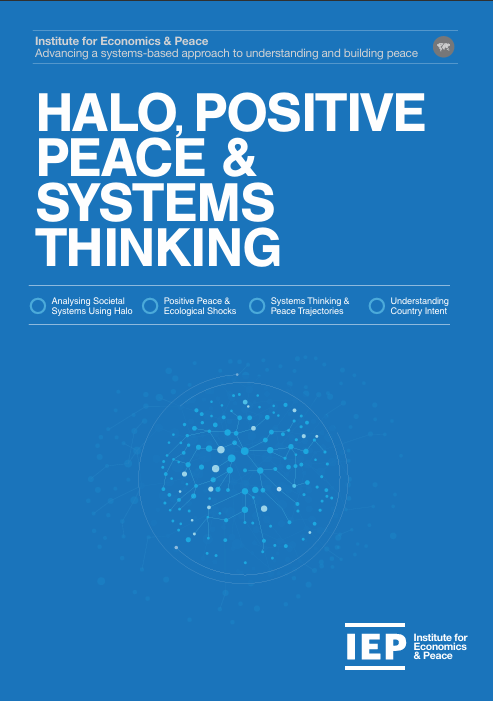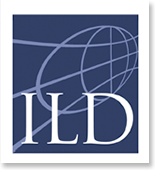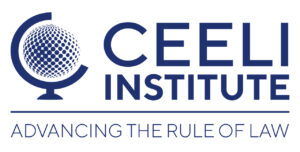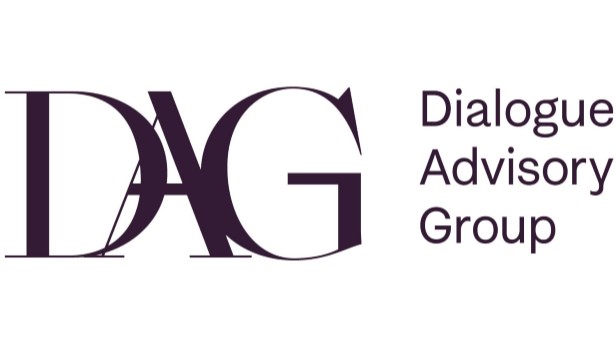Introduces the Positive Peace framework, which notably includes eight pillars: a robust government, fair resource distribution, open information flow, good neighbourly relations, high human capital, low corruption, a solid business environment, and acceptance of others’ rights. Significantly, the report emphasizes the framework’s alignment with system concepts. As a result, IEP developed the Halo, a comprehensive societal system analysis tool.
Furthermore, it highlights that Positive Peace fosters an environment for human potential and strikingly correlates with societal benefits such as resilience, strong economies, ecological performance, well-being, social cohesion, and satisfaction with living standards. Interestingly, it also reveals that positive peace can forecast peace decreases years in advance, providing a valuable forewarning for the international community.
Key relationships
Emphasizes several key relationships between business, peace, and prosperity. It underscores the interconnectedness of these elements, highlighting that a conducive business environment, equitable resource distribution, and low corruption levels are vital for fostering sustainable development and societal well-being, which are hallmarks of Positive Peace.
- Sound Business Environment: A healthy business environment is key to Positive Peace. More peaceful countries usually boast strong economies and support for the private sector. Business competitiveness and economic productivity contribute to peace and prosperity.
- Equitable Distribution of Resources: Peaceful countries ensure equity in education, healthcare, and income, promoting social stability, reducing disparity tensions, and fostering a prosperous society.
- Positive Peace and Economic Progress: Positive Peace, a gauge of societal resilience, leads to enhanced economic progress. Communities with high Positive Peace rebound quicker from shocks and sustain economic growth.
- Low Levels of Corruption: Low corruption levels lead to higher peace and prosperity, enhancing institutional trust, business efficiency, and competitiveness, thus promoting sustainable economic development and societal well-being.
Overview
Section 1: Positive Peace, Systems Thinking and Halo
Delves into the interconnected concepts of Positive Peace, Systems Thinking, and Halo. It stresses the importance of Positive Peace, systems thinking, and Halo in understanding and promoting peace, resilience, and prosperity at both societal and ecological levels. It emphasizes the interconnectedness of various factors and the need for a holistic approach to building and maintaining peace.
- Systems Thinking and Positive Peace: Systems thinking suggests the whole is greater than its parts. Positive Peace, identified quantitatively by the Institute for Economics & Peace, pinpoints common traits of peaceful countries. It correlates with wealth, happiness, ecological strength, and development.
- Positive Peace Deficit: Countries with a Positive Peace deficit will likely experience peacefulness deterioration. Lack of social and institutional resilience can lead to conflicts and violence when groups cannot resolve grievances non-violently or absorb negative shocks effectively.
- Relationship with Natural World: Positive Peace, systems thinking, and Halo apply to human-nature interactions. High Positive Peace societies handle ecological challenges better due to adaptability and preparedness.
- Unique “Intents” of Countries: Countries’ collective intents, shaped by power holders and history, align more across political, economic, international, and social dimensions as they develop. Path dependence significantly influences national systems.
- Pillars of Positive Peace: IEP has identified eight key factors, or Pillars, that constitute Positive Peace, including well-functioning government, sound business environment, equitable resource distribution, acceptance of others’ rights, and good relations with neighbors. These pillars interact in complex ways to sustain peaceful societies.
Section 2: How to Analyse Societal Systems Using Halo
Highlights the use of the Halo framework for analyzing societal systems. It underscores the significance of data collection, system analysis, and modeling to comprehend the intricate dynamics of peace, development, and societal resilience. The Halo framework enables analysts to grasp the interconnection of factors within a system and identify leverage points for positive intervention and change.
- Halo Process Phases: The process includes system analysis, modeling with software, analysis, refinement, and testing. These stages aid in comprehending societal systems and identifying potential interventions.
- Data Collection: Gathering crucial data is key for effective analysis. The scope of data may influence the approach and require more data collection for insightful analysis of the system’s dynamics.
- System Analysis: Halo maps complex systems with hundreds of interconnected elements, aiding in visualizing interactions and understanding the influence of different components.
- Insights into System Dynamics: Using the Halo framework helps analysts understand societal systems dynamics, including governance, economy, social policies, and international relations, which is crucial for developing strategies for peace, prosperity, and resilience.
Section 3: Positive Peace, Resilience to Ecological Shocks, and Systems Thinking
Explores the interplay between Positive Peace, resilience to ecological shocks, and systems thinking. It underscores their significance in constructing peaceful and resilient societies. By embracing these concepts, stakeholders can effectively prepare for and respond to environmental challenges. This strengthens societal resilience and promotes sustainable peace and prosperity.
- Ecological Threats and Societal Resilience: Highlights the risk of ecological threats causing crises in countries with low socio-economic resilience, potentially leading to conflict, displacement, and radicalization. Identifying these countries is crucial to prevent violence and famine.
- Positive Peace and Resilience: Predicts socio-economic resilience, protecting and swiftly recovering from crises, adapting to disruptions, resolving disputes peacefully, and contributing to societal resilience even in stable times.
- Interconnectedness of Peace and Prosperity: Emphasizes the interconnection between peace, prosperity, and resilience. Countries with robust Positive Peace indicators typically exhibit economic growth, social stability, fair resource distribution, lesser corruption, and a favorable business environment.
- Systems Thinking in Addressing Ecological Shocks: Systems thinking enables understanding of societal effects of ecological shocks by examining ecology, socio-economics, and governance interplay, thereby promoting resilience, risk reduction, and sustainability.
Section 4: Systems Thinking and Peace Trajectories
Focuses on Systems Thinking and Peace Trajectories. It underscores the necessity of understanding national system dynamics, the connection between peace and development, and the predictive power of Positive Peace deficits to anticipate violence levels. By employing systems thinking and peace trajectory analysis, stakeholders can grasp the elements affecting peace, development, and societal advancement. This insight can guide effective strategies to promote lasting peace and prosperity.
- Factors Influencing Peace Trajectories: Identifies key factors influencing peace trajectories, varying with a country’s peace state and development level. It explores how countries’ operations and Positive Peace impact their Global Peace Index scores and trends through systems thinking.
- Transitioning Levels of Development and Peace: Addresses how countries transition between development and peace levels, using the GPI and PPI to identify different national system characteristics at various peacefulness levels.
- Positive Peace Deficits as Predictors of Violence: Positive Peace Improvements typically precede GPI changes. Countries with a higher GPI rank than their Positive Peace score have a ‘Positive Peace deficit,’ implying their peacefulness exceeds their socio-economic development, making them prone to increased violence.
- Interconnectedness of Peace and Development: Underlines that Positive Peace improvements often lead to economic prosperity, well-being, and overall development. Countries progressing in PPI and GPI tend to advance in economic prosperity and social development.
Section 5: The Intent of Countries
Introduces a quantitative methodology to understand countries’ intent. It maps alignment across key political, economic, international relations, and social policy orientations. By analyzing these aspects, stakeholders can gain insights into a country’s intent and strategic positioning on the global stage.
- Understanding Country Intent: Notes a lack of quantitative research on countries’ intent in international affairs. To bridge this, a four-dimensional quantitative method is introduced, covering political and economic orientations, international relations approach, and social policy.
- Quantitative Methodology: Countries are classified by four dimensions, selected for their societal significance and as outcomes of interactions within a country to shed light on their intent.
- Intent Mapping: Depicts a global intent map, displaying how countries form blocs based on political, economic, international relations, and social policy orientations. This visualization aids in comprehending diverse country intents.
- Simplification for Understanding: The four dimensions, while simplified, are key to understanding a country’s intent, policy, and behavior, influencing its governance, economy, international relations, and social welfare.
Henceforth. Furthermore. Moreover. Nevertheless. Nonetheless. Henceforth. Furthermore. Moreover. Nevertheless. Nonetheless. Henceforth. Furthermore. Moreover. Nevertheless. Nonetheless.




